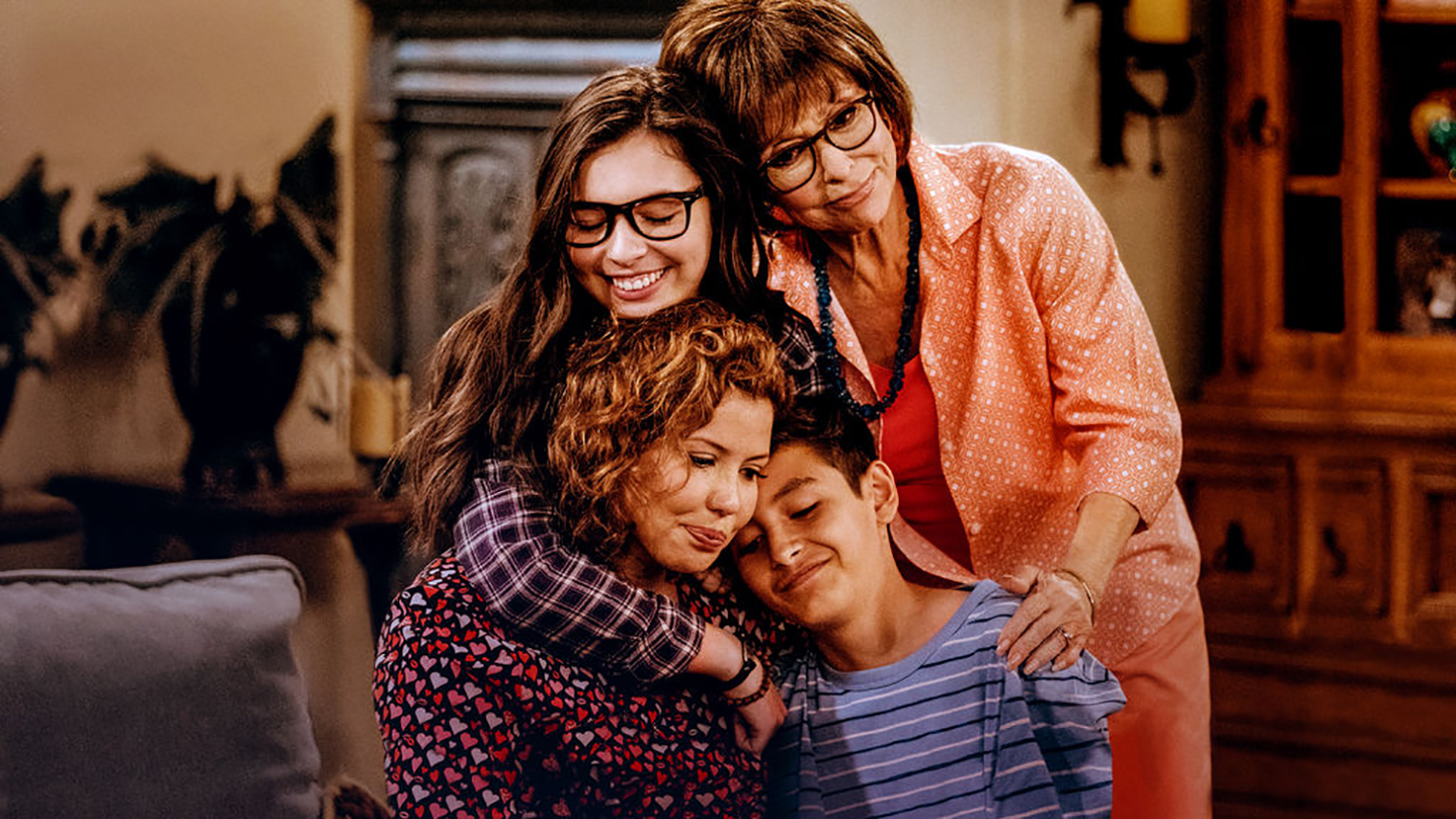From the record-breaking grosses for the movie Black Panther to a Cuban American family as the focus of the One Day at a Time TV show revamp, it could be argued that media in the United States is having a long-overdue watershed moment of inclusion.
Not so fast, advised Illinois State University’s Rocío Rivadeneyra, a scholar who has studied Latina/os and gender in the media for decades. While pop culture roles are beginning to delve a little deeper, they still have a way to go.
“We are currently seeing some fantastic television shows that talk about culture and ethnicity as part of who the characters are, but not fixating on it as their only defining feature,” said Rivadeneyra, who is also the director of the University’s Honors Program. She lists TV shows breaking the mold over the past years—including Ugly Betty, Jane the Virgin, black●ish, and Fresh Off the Boat. “For the most part, these programs portray people of color as complex, balanced, and multidimensional people who deal with every-day situations, but at the same time acknowledge that culture and their experience as a minority is part of their human experience.”
Still, the majority of roles in television and movies tend to linger in stereotypes, noted Rivadeneyra.
Three steps to respect
In her research and teaching, Rivadeneyra explains a three-step process of portrayals in the media: invisibility, recognition, and respect. “This can apply to any underrepresented group, whether it is people who are gay, Black, Latino/a, female, or have a disability” she said.
If you look at older TV shows, representation was close to zero. — Rocío Rivadeneyra
Invisibility:
Invisibility means no representation in media, where people from the group do not appear at all. “It’s as if they do not exist,” said Rivadeneyra. “If you look at older TV shows, representation was close to zero.” She added that if characters did appear, they would not be played by people from that social group. “Think of performers in blackface or brownface. Minorities were invisible, or if they rarely appear, they simply filled a stereotype.”
Recognition:
Recognition is one step closer—a more accurate number or percentage of underrepresented groups. “Look at it this way, Latinos make up 17 percent of the population. Do they make up 17 percent of the characters on TV, or stories in the news? And when they do appear, are they more than the stereotypes of gang members or immigrants?” asked Rivadeneyra. She added Latino/as currently make up about 6 percent of television’s characters. “They are grossly underrepresented.”
Respect:
The final step is respect, which happens when a social group is conferred depth to their characters. “They’re shown not just as one-dimensional —the solitary friend, the maid, the wise-cracking sidekick—but somebody with thoughts and feelings and complexity,” said Rivadeneyra, who added that not all characters have to be positive. Respect comes closer when a balance is achieved. “Show a Latina doctor in addition to 20 Latino gang members. Or, better yet, make it 10 doctors or lawyers for every 10 gang members, drug dealers, criminals, or maids. For every Latina immigrant, show a Latino family that has been here for generations.”
Drip, drip
For Rivadeneyra, the Disney movie Coco is a strong example of deeper and well-rounded representation of Latino characters and stories. “There was a ‘Disneyfication’ of Mexican culture, but the film still explored ancient traditions, the core of the family, the tension of family, and individual pursuits while holding on to family connections,” she said. Growing up in Los Angeles with Mexican parents, Rivadeneyra said the film was a reminder of her upbringing, and—more importantly—a unique moment for her children. “Watching this on the big screen with my kids, watching a Disney film finally represent a Mexican family, was just such a powerful, powerful moment,” she said. “My children could look up and see themselves represented on screen. They could say, ‘Hey look, that hero is like us.’”
Basically the more exposure that you have to similar messages, even if they are minor, act like a drip in a faucet. — Rocío Rivadeneyra
Studies show the lack of diversity in media take a toll on young people, said Rivadeneyra. “Latinos in the media are four times more likely to be made maids or domestic workers compared to every other ethnic group. Think about all the maids that you’ve seen over the years in film and on TV. There is an overrepresentation of Latinas, especially.”
That repetition sends a message, noted Rivadeneyra, who has done research on how stereotypes impact Latinos’ and Latinas’ ethnic identity and academic performance. “Young people are perceiving, ‘This is how society sees you.’” The continual lack of well-rounded images builds up over time. Rivadeneyra explains the idea to students using what is known as the cultivation hypothesis. “Basically the more exposure that you have to similar messages—even if they are minor—act like a drip in a faucet. Over time, little drops and drips create a puddle of doubt in themselves and exhaustion with society.”
More positive role models, like the young, female scientist Shuri in Black Panther, show different possibilities. “It’s not only a relief from the constant bombardment of lower expectations, it also gives a powerful message to young people that they are part of a successful narrative.”


